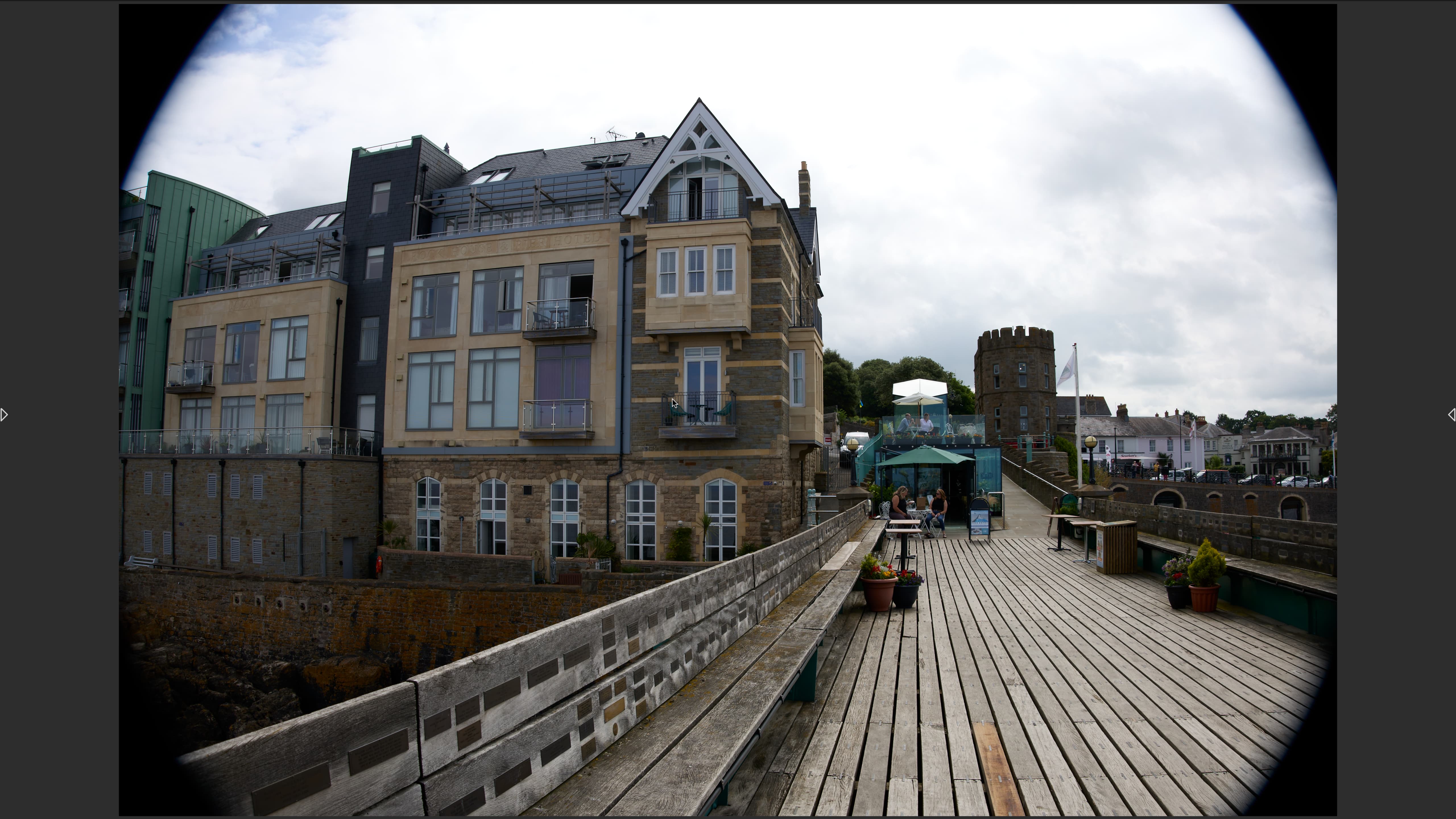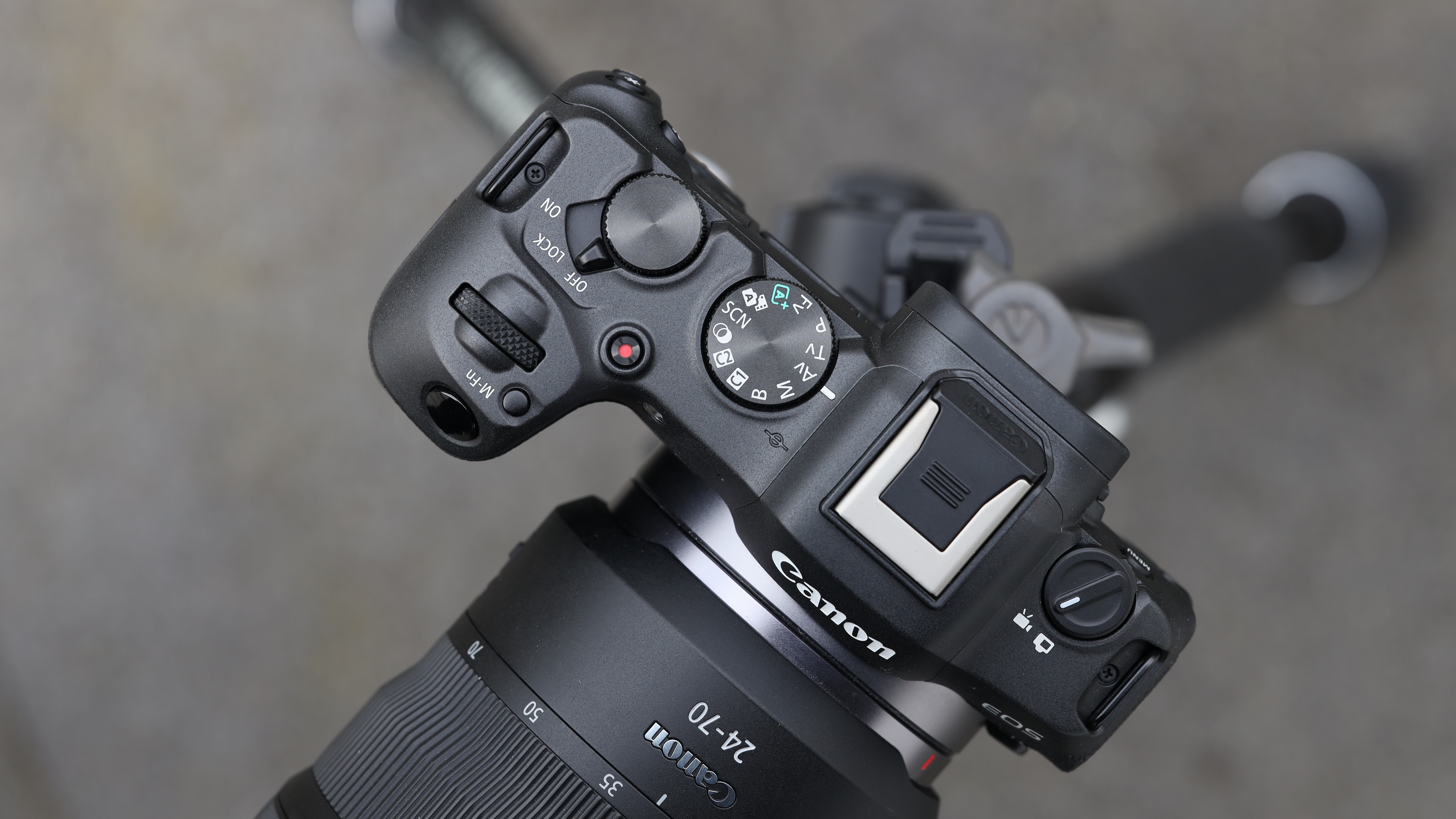If your lenses need digital corrections, don't leave it to someone else to fix
The least that camera makers can do is embed correction profiles in the raw files, but at least one key maker doesn't

Digital lens corrections are a fact of life with modern day optics and camera systems. Many older lenses and traditional primes from makers like Laowa, say, still rely completely on optical corrections for distortion, corner shading and chromatic aberration, but the modern approach is to combine optical lens corrections with digital corrections, typically for corner shading and distortion, applied in-camera, so that you might never be aware it's happening
I don't have a problem with this. I've tested and shot with many modern lenses that give much better results (no, really, much better) by combining optical and digital corrections than older lenses relying on optical corrections alone. This is especially true with zoom lenses, especially those which are inexpensive, have a long zoom range or a retracting design.
Some of the best Canon RF lenses, best Sony lenses and others rely heavily on digital corrections and are none the worse for it, in my opinion. In-camera corrections are fine by me.
But it's a different story if you shoot raw, and this is where two distinct strategies emerge. Some mirrorless camera/lens makers who use digital corrections will embed correction profiles directly in raw files. As far as I can tell, this includes Nikon Z, OM System (Olympus), Panasonic, Fujifilm and Sony.
Some do not, notably Canon.
So is this a problem? It does mean that software publishers need to source or create their own correction profiles to apply during raw processing. It's not an issue for Lightroom users, as Lightroom seems to have a correction profile for just about every lens that needs one, especially from these two big brands.
If you make lenses that depend upon digital corrections, then surely the least you can do is embed the correction data in the raw files?
But it could be an issue if you use a program like Capture One Pro, which personally I much prefer to Lightroom, and which has profiles for the more premium lenses in these ranges, but not necessarily lower-grade 'consumer' optics. Capture One, for example does not currently have a profile for the Canon RF 24-105mm STM lens or the RF 24-50mm retracting kit lens, both of which have corner shading that renders them unusable at their widest focal lengths without correction.
On the other hand, with brands that embed correction profiles in the raw files, Capture One is perfectly happy – it simply uses the embedded profile.

Now you could blame Capture One for not having a lens profile for every lens, but I'm going to turn it around. If you make lenses that depend upon digital corrections, then surely the least you can do is embed the correction data in the raw files?
More Rod Lawton opinion pieces:
Get the Digital Camera World Newsletter
The best camera deals, reviews, product advice, and unmissable photography news, direct to your inbox!

Rod is an independent photography journalist and editor, and a long-standing Digital Camera World contributor, having previously worked as DCW's Group Reviews editor. Before that he has been technique editor on N-Photo, Head of Testing for the photography division and Camera Channel editor on TechRadar, as well as contributing to many other publications. He has been writing about photography technique, photo editing and digital cameras since they first appeared, and before that began his career writing about film photography. He has used and reviewed practically every interchangeable lens camera launched in the past 20 years, from entry-level DSLRs to medium format cameras, together with lenses, tripods, gimbals, light meters, camera bags and more. Rod has his own camera gear blog at fotovolo.com but also writes about photo-editing applications and techniques at lifeafterphotoshop.com
